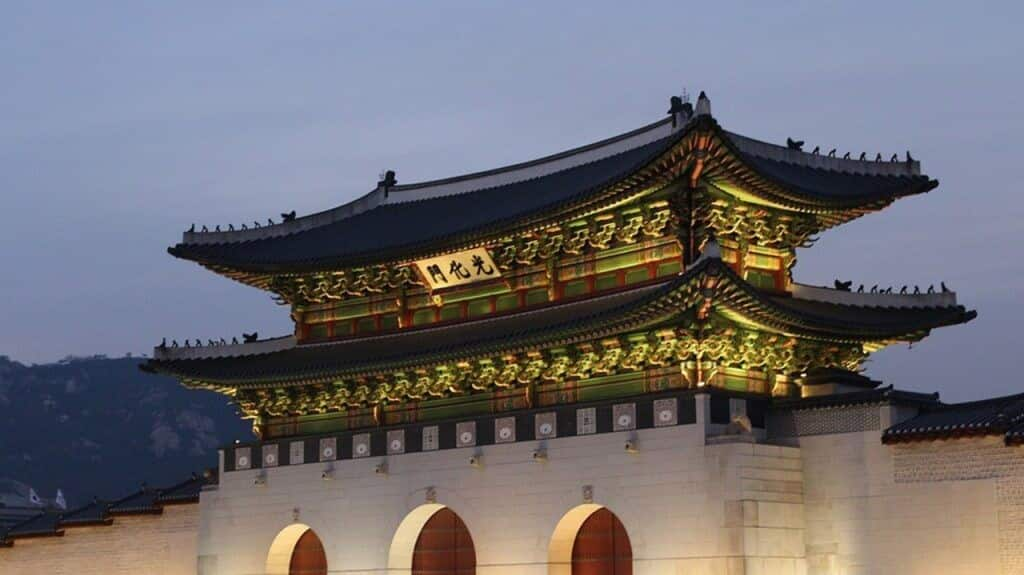
Head over to Seoul's ancient palaces: A journey through time
What's the story
Seoul, the heart of South Korea, is a city where the past and present coexist in harmony. Among its most treasured attractions are the five ancient palaces, remnants of the Joseon Dynasty. These palaces offer a glimpse into a bygone era, showcasing traditional architecture, beautiful gardens, and rich history. Embarking on a tour of these sites promises an unforgettable journey through time.
Gyeongbokgung
Gyeongbokgung: The grandest of them all
Gyeongbokgung Palace, the largest and most renowned of Seoul's ancient palaces, was established in 1395 as the Joseon Dynasty's primary royal residence. It enchants visitors with its grand gates, expansive courtyards, and graceful pavilions. A highlight is the changing of the guard ceremony, a vivid reenactment of history. Its autumnal beauty, with surroundings lit by fall colors, is particularly mesmerizing.
Changdeokgung
Changdeokgung: A UNESCO World Heritage Site
Changdeokgung Palace, designated a UNESCO World Heritage site in 1997, is celebrated for its blend with nature. Its secret garden, Huwon, is known for traditional Korean landscaping, featuring lotus ponds and ornate pavilions against wooded hillsides. This palace offers a serene escape from city life and insight into the aesthetic sensibilities of Korea's ancient royals, showcasing a harmonious natural setting.
Deoksugung
Deoksugung: Where traditions meet modernity
Deoksugung Palace is unique for its mixture of Korean traditional buildings and Western-style structures built during Korea's modernization efforts at the turn of the 20th century. Walking through Deoksugung's stone-wall road offers a picturesque scene that beautifully contrasts with nearby modern skyscrapers. It's an ideal spot for those interested in seeing how Seoul has evolved over centuries while maintaining its cultural heritage.
Changgyeonggung
Changgyeonggung: A palace reborn
Originally built as a summer palace for queens and concubines, Changgyeonggung has undergone numerous reconstructions throughout history due to invasions and occupations. Today it stands as a testament to resilience and rebirth amid adversity. Its tranquil gardens provide visitors with peaceful walks among ponds filled with lotus flowers during summer months—a perfect setting for reflection on Korea's turbulent yet fascinating history.
Gyeonghuigung
Gyeonghuigung: The Western Jewel
Gyeonghuigung Palace, known as "the Western Palace" for its location on Seoul's western side, is smaller but historically significant. Serving as an auxiliary palace for nearly two centuries, it offers breathtaking sunset views. Visiting in the late afternoon or early evening is ideal, as the golden light warmly illuminates its historic structures, making it a must-see for its unique beauty and historical value.